Puppy Toys – What Every New Puppy Owner Needs
Got a new puppy and wondering what to give them that won’t get shredded in a minute? The right toys can calm teething, stop chewing on shoes, and burn off that endless energy. Below are the basics you need to pick safe, fun toys that actually last.
Safe Chew Toys for Teething Puppies
Teething starts as early as three weeks and can last a few months. During this time your pup will gnaw on anything it can reach – cords, pillows, even your fingers. Look for toys made from rubber or nylon that are firm enough to massage gums but not so hard they could crack teeth. Toys with a hollow centre you can stuff with treats give extra motivation and keep the puppy occupied longer.
Size matters. A toy that’s too small can be a choking hazard, while a gigantic one won’t fit in a puppy’s mouth. Measure the toy against the length of your pup’s head; you should be able to fit two fingers between the toy and the gums. If in doubt, choose a slightly bigger option – you can always shrink it down by cutting, but you can’t make a tiny toy bigger.
Cleaning is easy if you pick the right material. Dishwasher‑safe silicone toys can be tossed in with your dishes, while rope toys need a quick rinse and occasional microwave steam to kill bacteria. Rotate the chew toys every few days; this keeps the novelty fresh and stops your puppy from losing interest.
Interactive Play Toys That Keep Puppies Engaged
Beyond chewing, puppies need mental challenge. Puzzle toys that hide treats are perfect – they force the pup to figure out a latch or slide a compartment. Start with simple designs and work up to multi‑step puzzles as the puppy gets smarter.
Fetch‑style toys like soft balls or plush squeakers are great for outdoor play. Choose balls that are slightly smaller than the puppy’s snout so they can grab them but not swallow them. Squeakers should be encased in a sturdy plush cover to avoid choking if the toy gets ripped.
For indoor days, a tug rope offers a safe way to burn energy. Make sure the rope’s knots are tight and the fabric is tightly woven. Supervise each tug session and stop the game if the puppy’s teeth start to bite the rope’s ends – that’s a sign they’re getting too aggressive.
Finally, remember that no toy can replace human interaction. Spend a few minutes each day playing, teaching a new trick, or just cuddling with the toy in hand. This strengthens the bond and teaches the puppy that toys are for fun, not for destroying the house.
Pick a mix of chew, puzzle, and fetch toys, keep them clean, and rotate them regularly. Your puppy will stay entertained, get relief from teething, and you’ll save yourself a lot of frustration. Happy playing!
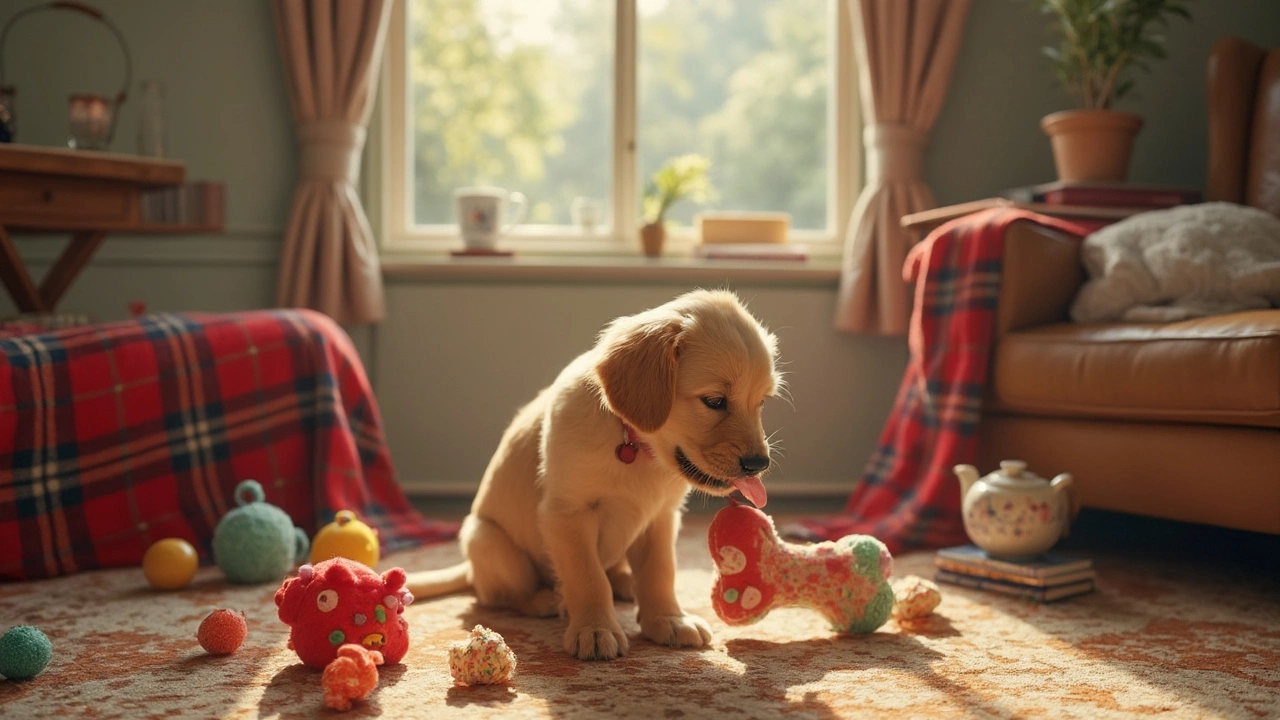
Best Toys for New Puppies: What Actually Works
Figuring out which toys are best for a new puppy can feel overwhelming when shelves are packed with endless options. This article breaks down exactly what new puppy owners should look for, highlights how the right toy supports healthy chewing and learning, shares expert-backed tips, and explains what to avoid. Approachable and honest, it’ll help you set your puppy up for safe play and happy learning right from the start. Learn how to match toys to your puppy's needs and prevent common toy mistakes.
View more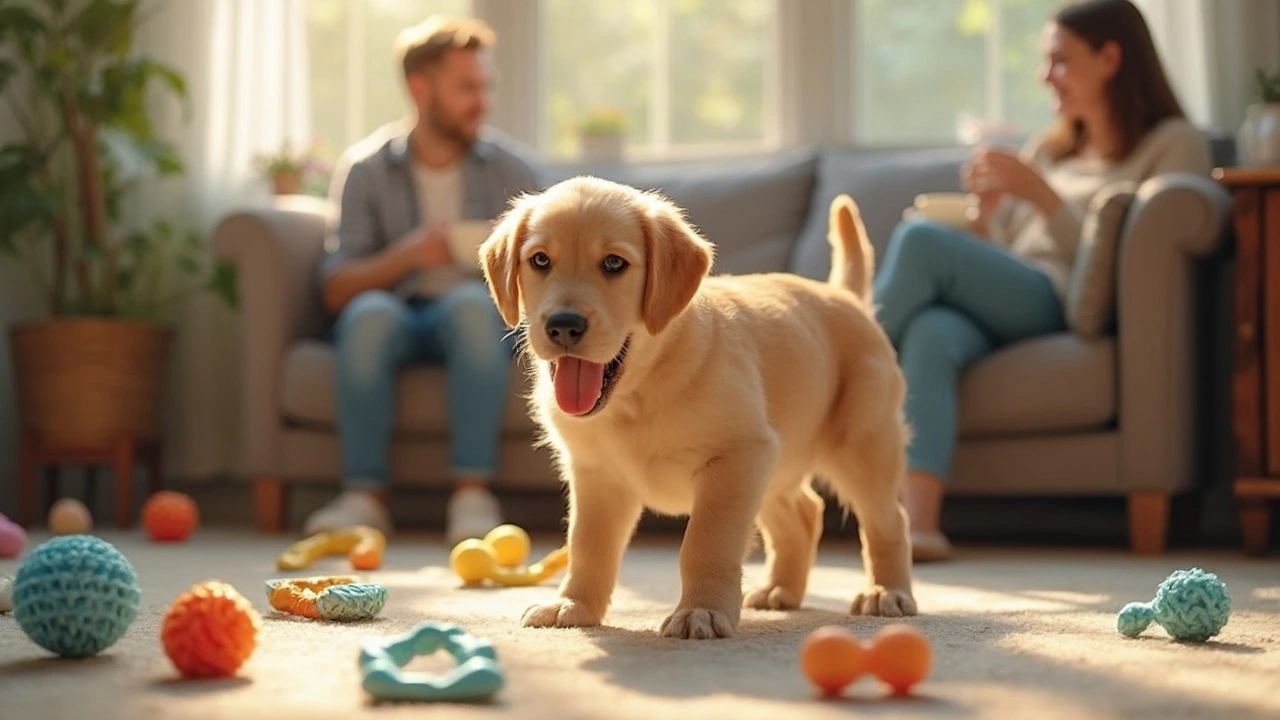
Puppy Toys: How Do I Keep My 8 Week Old Puppy Entertained?
Got an 8 week old puppy bouncing around your home? They need lots of safe things to explore and chew. This article breaks down easy and fun ways to entertain your young pup with toys, games, and daily routines. Discover why babies need variety and how to keep boredom away. Find tips that'll help your puppy burn energy and stay out of trouble.
View more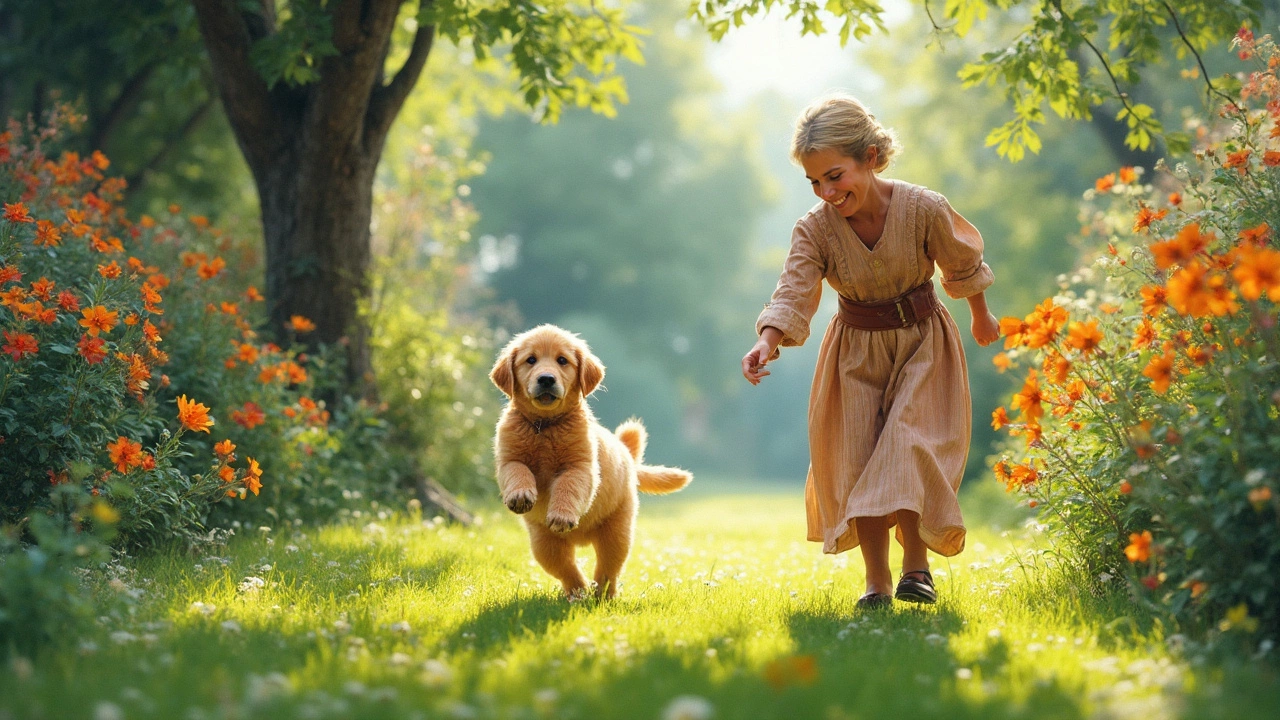
When Do Puppies Learn Their Name?
Ever wondered how long it takes for those cute little furballs to learn their name? Understand when puppies typically recognize their name and discover helpful tips to teach them effectively. Dive into the fascinating world of puppy learning with fun facts and practical advice to make your training sessions a success. Learn about the role of toys in enhancing the learning process and make this journey enjoyable for both you and your puppy.
View more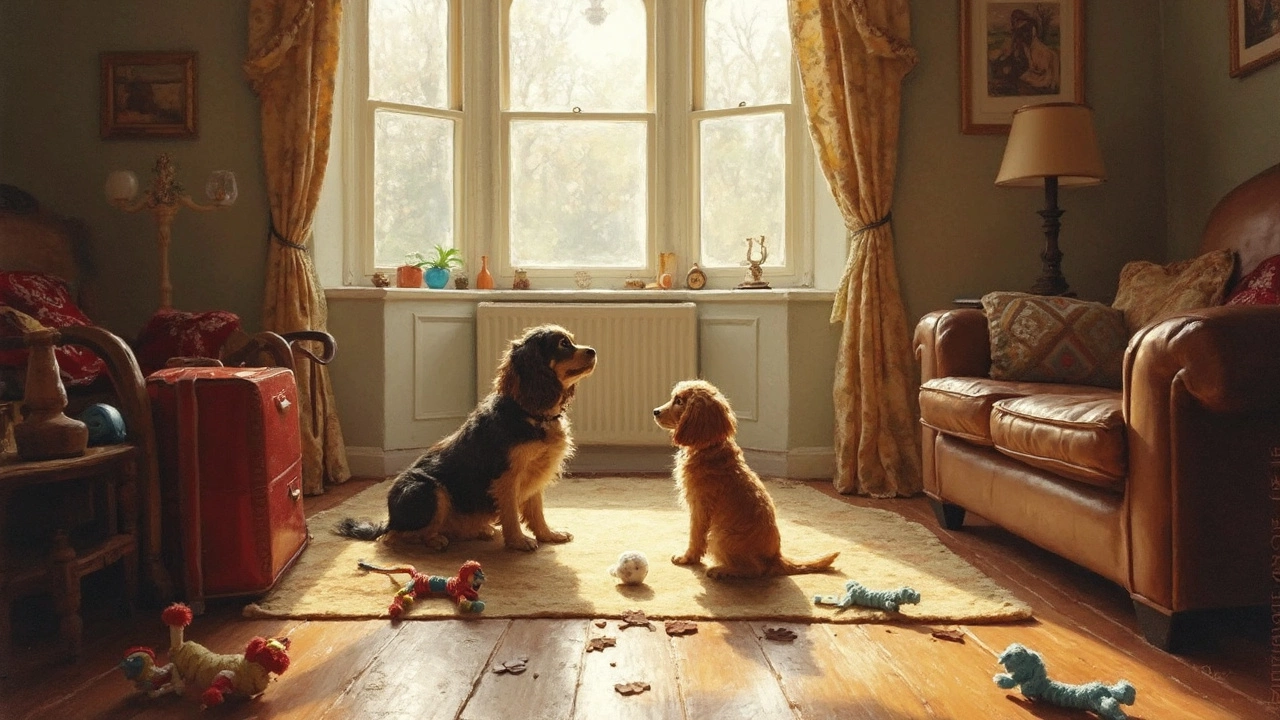
How Long to Potty Train a Puppy: Realistic Expectations for Pet Owners
Potty training a puppy is often a pet owner's first big challenge. The process typically takes anywhere from a few weeks to several months, depending on factors like breed, age, and consistency of training. Utilizing the right tools and maintaining a positive attitude can make all the difference. Introducing toys and rewards during training can also help keep your puppy engaged and motivated. Learn how to set realistic expectations and effective strategies for making the process as smooth as possible.
View more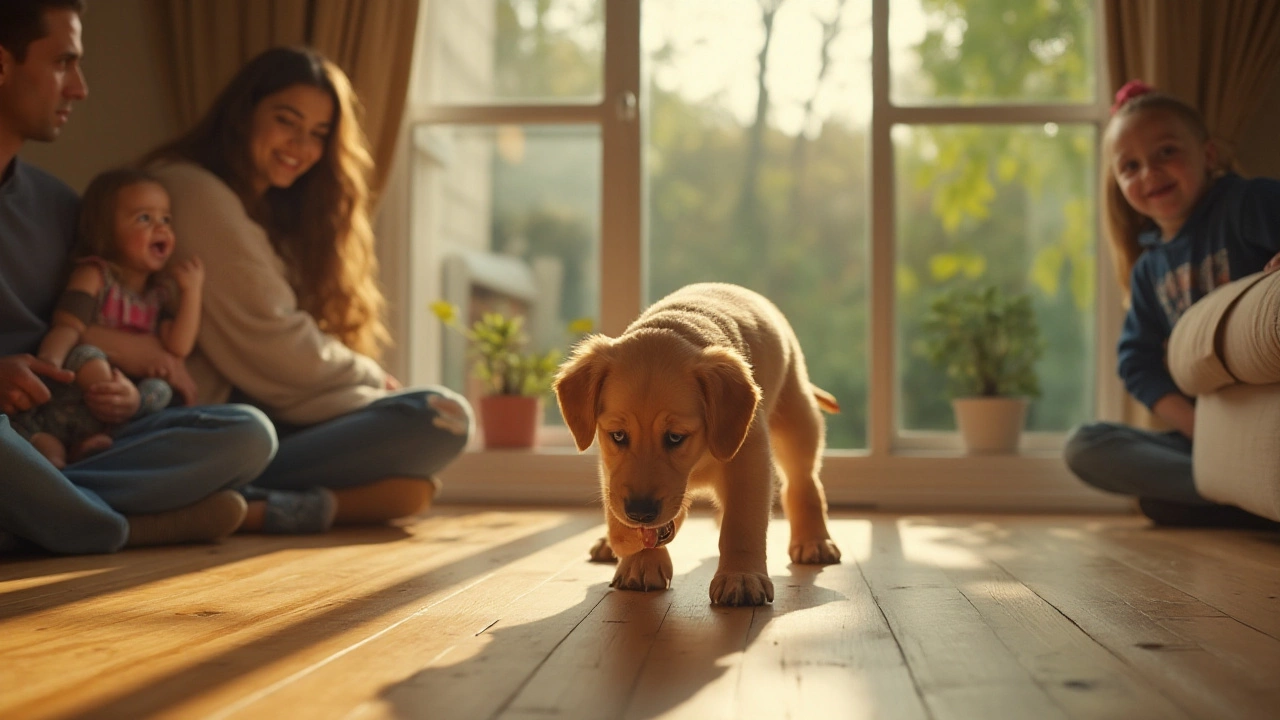
When Do Puppies Become Easier to Handle? Tips and Tricks
Raising a puppy can be challenging, but understanding when they start to get easier can help immensely. This article explores key developmental milestones, offering insights into puppy behavior and when you might notice changes. We'll also discuss how the right toys and training methods can assist during this crucial period. Tips for each stage will help make the transition smoother for both you and your pup. Enjoy as we help you navigate the joys and trials of puppyhood.
View more